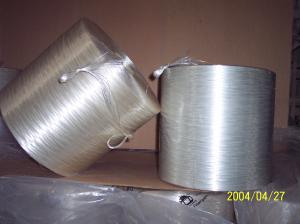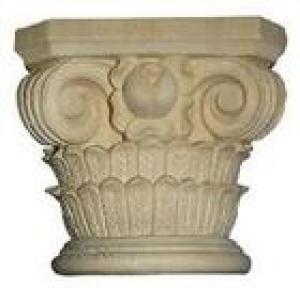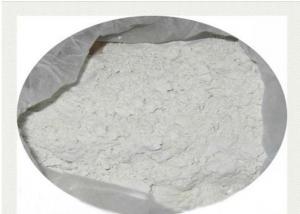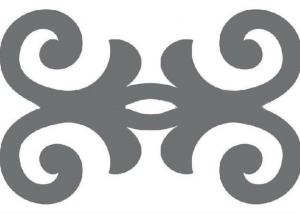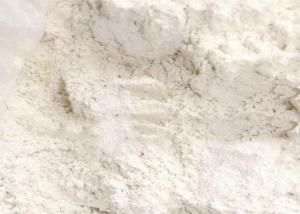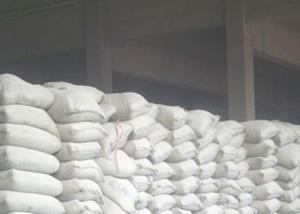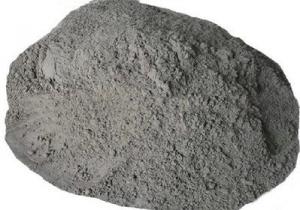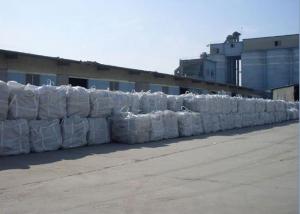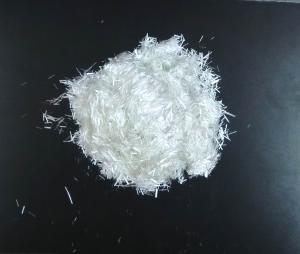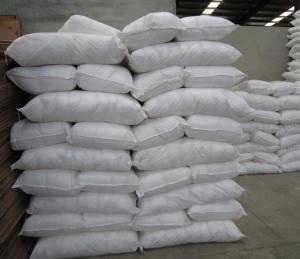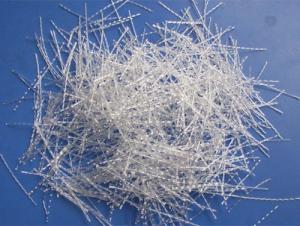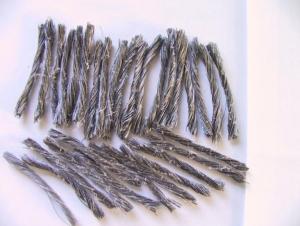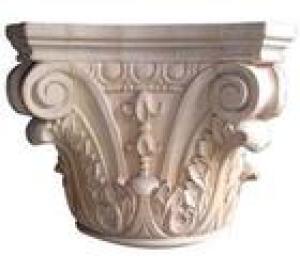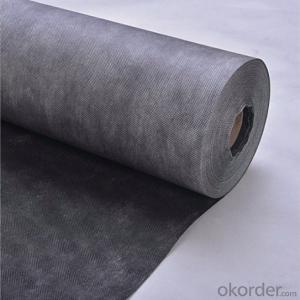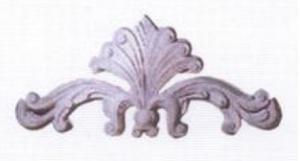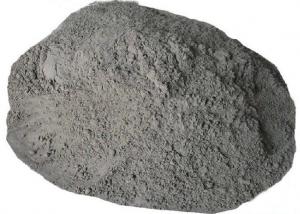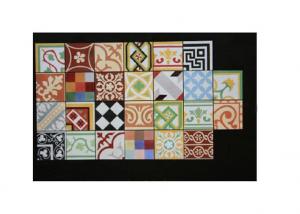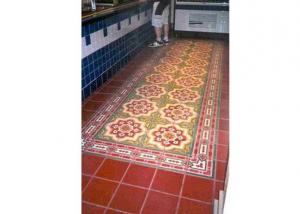Specifications
Fiberglass Spray Roving ZrO2 16.7% is used by manual auto spray method to manufacture glass fiber reinforced concret(GRC).
| Product code | Strand tex(tex) | Filament dia(um) | Moisture content(%) | Size content(%) | Breaking Strength(N/tex) | Zirconia Content(%) | Elastic modulus(Gpa) |
| ARC15-2400 | 2400 | 15 | <0.1 | ≥ 1.4 | ≥ 0.25 | ≥ 14.5 | 72.0 |
| ARC13-2700H | 2700 | 13 | <0.1 | ≥ 1.6 | ≥ 0.30 | ≥ 16.5 | 80.4 |
Fiberglass Spray Roving ZrO2 16.7%
Our alkali resistant fiberglass roving is an AR glass chopping roving mainly designed for use in the manufacture of GRC composites by the manual spray method. HUIERJIE SPRAY ROVING is designed for optimum processability. It is used in the manufacture of GRC architectural panels and other building elements, civil engineering and infrastructure components.
Properties:
Easy chopped
Good integrity
Excellent dispersibility and alkali resistant;
Been approved by Sheffied University, UK.
Packing and Storage
Package:
Each roll of AR-glass fiber spray roving weight 18kg. It is wrapped by a shrinking polythene film, then to be packed in one carton. 48 cartons or 64 cartons are to be packed in one pallet. 20 pallets (on two levels) are to be loaded in a 20 feet container, giving a total net weight of approximately 20 tons.
Other packing methods are available, according to customers' requirements.
Storage:
AR fiberglass spray up roving should be stored dry in their original package, the best conditions being at a temperature of between 15 and 35, and at a relative humidity of between 35 and 65%. If the product is stored at low temperature (below 15), it is advisable to condition in the workshop for 24 hours before use to prevent condensation.
